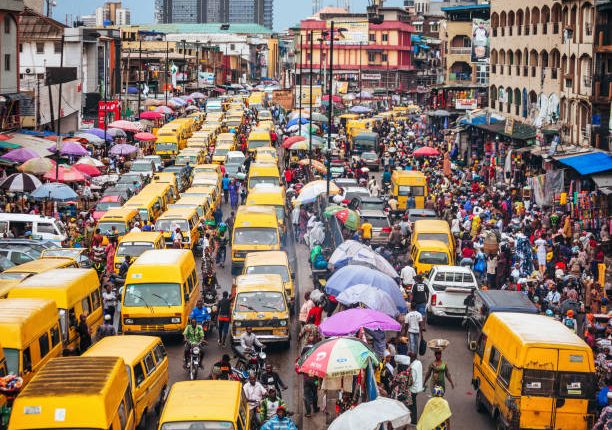Nigeria’s unemployment rate rose by 5 per cent in the third quarter of 2023 due to a crisis in the cost of living in the country after the government eliminated a popular yet expensive petrol subsidy, according to the National Bureau of Statistics’ (NBS) latest report.
The country’s unemployment rate in the country rose from 4.2 per cent in the previous quarter.
According to Reuters, Nigerian President Bola Tinubu has defended his two main reforms, eliminating foreign exchange controls and subsidies, arguing that while these would cause hardships in the near run, they are essential to draw in investment and strengthen government finances.
“The unemployment rate increased significantly in Q3 2023 at 5.0 per cent. This is an increase of 0.8 per cent from Q2 2023. In Q3 2023, the labour force participation rate in Nigeria was 79.5 per cent, having been 80.4 per cent in Q2 2023. The participation rate among men was 80.9 per cent and 78.2 per cent for women. Persons living in rural areas are more likely to participate in labour activities than urban dwellers.” the NBS report stated.
“The employment-to-population ratio was 75.6 per cent in Q3 with a decrease of 1.5 per cent compared to a ratio of Q2. The combined rate of unemployment and time-related underemployment as a share of the labour force population increased to 17.3 per cent in Q3 from 15.5 per cent in Q2,”
Among young people aged 15 to 24, the unemployment rate increased from 7.2 per cent to 8.6 per cent. Additionally, urban unemployment increased slightly from 5.9 per cent to 6 per cent in the previous quarter.
Notably, with over 200 million citizens, Nigeria is the most populous country in Africa. However, decades of high unemployment have been caused by population growth that has outpaced economic expansion.
However, following a revision to the government’s methodology in early 2023, the unemployment rate fell from a record 33 per cent in the fourth quarter of 2020. Yet, with 87 per cent of workers being self-employed, underemployment still exists. During that time, only 12.7 per cent of people were employed for pay.
On the other hand, the NBS reports that the percentage of workers in the grey economy, or informal employment rate, remained relatively stable at 92.3 per cent. Additionally, the workforce participation rate decreased marginally to 79.5 per cent from 80.4 per cent in the second quarter.
It’s worth noting that Nigeria’s headline inflation rate rose to 29.90 per cent in January 2024, the highest level ever since mid-1996, according to the National Bureau of Statistics data on Thursday.


